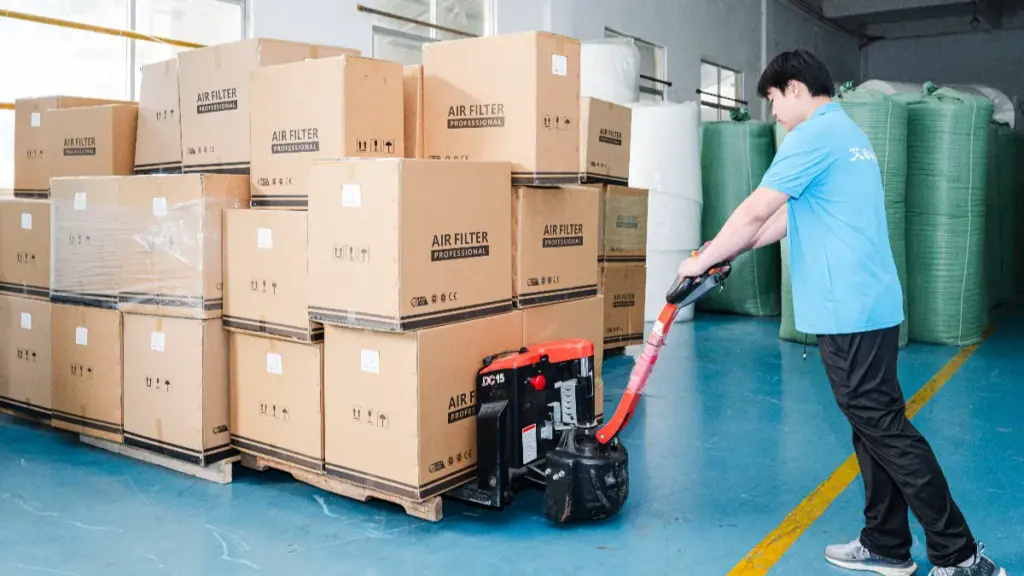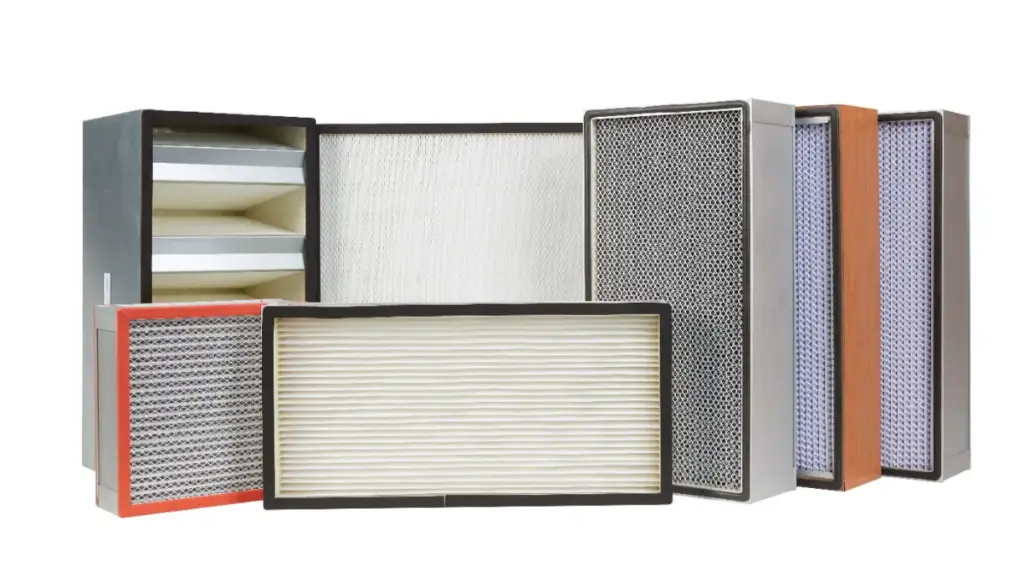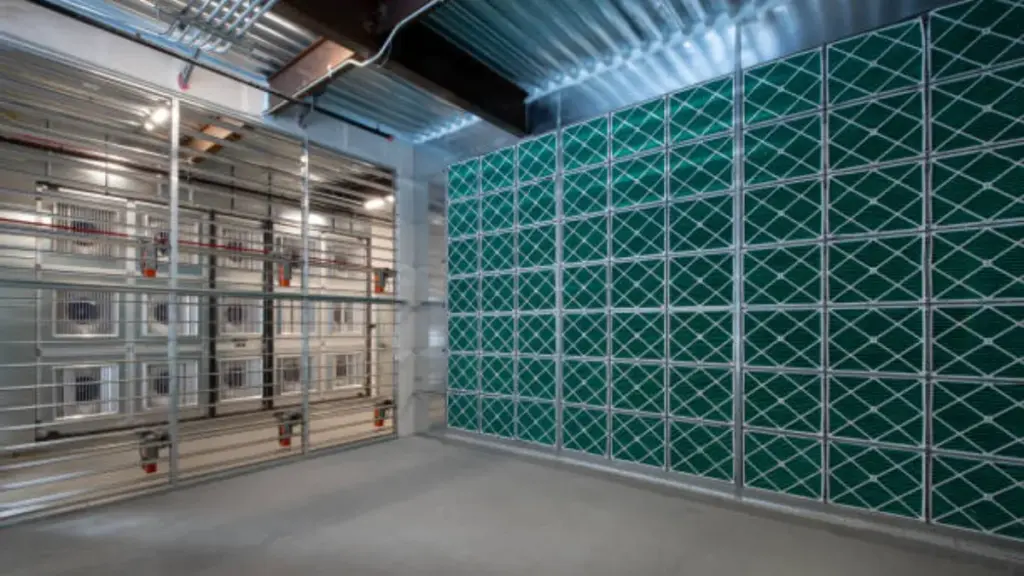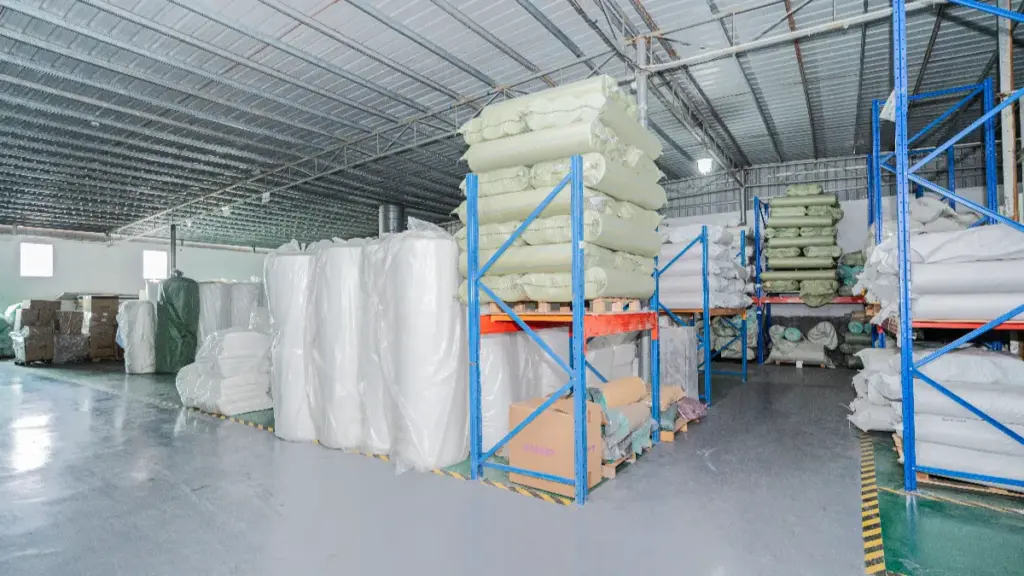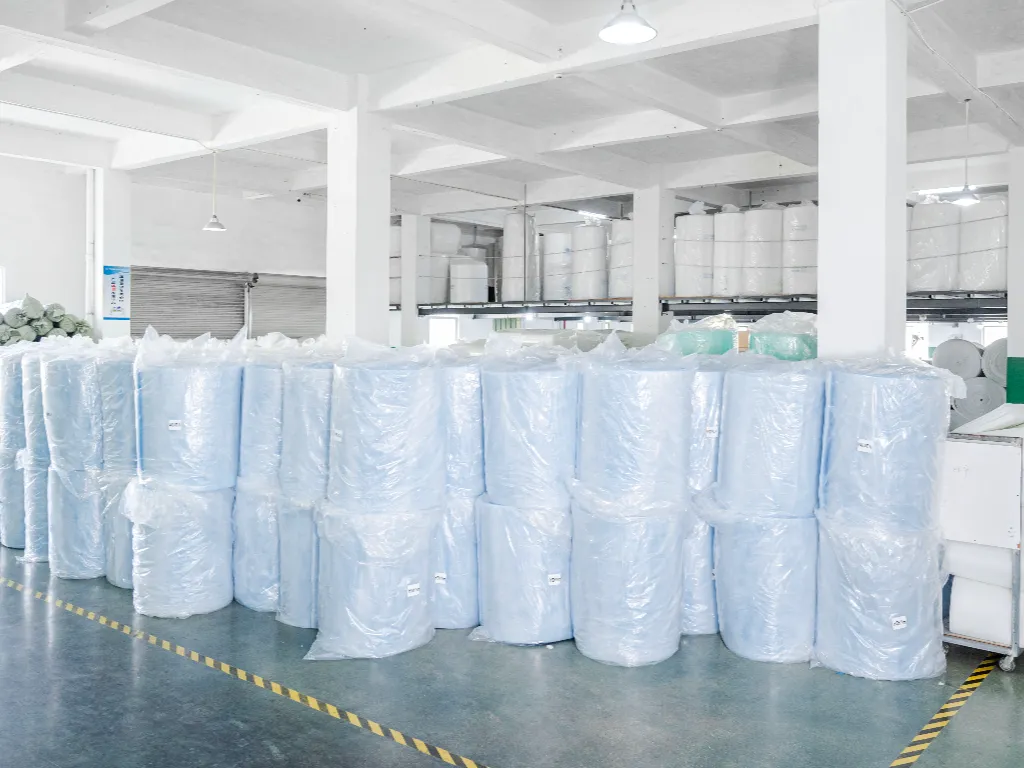Quando se trata de manter a qualidade do ar interno, Compreender os filtros de ar é crucial. Um fator -chave que muitas vezes confunde os consumidores é a classificação MERV em filtros de ar. Se você é um proprietário ou um operador de negócios, Saber o que significa uma classificação MERV e como escolher o certo, pode fazer uma grande diferença na eficiência do seu sistema HVAC e a limpeza do ar que você respira.
Neste guia abrangente, Vamos orientá -lo através de tudo o que você precisa saber sobre as classificações do filtro de ar Merv, Ajudando você a tomar decisões informadas sobre suas necessidades de filtragem aérea.
O que significa Merv Classificação?
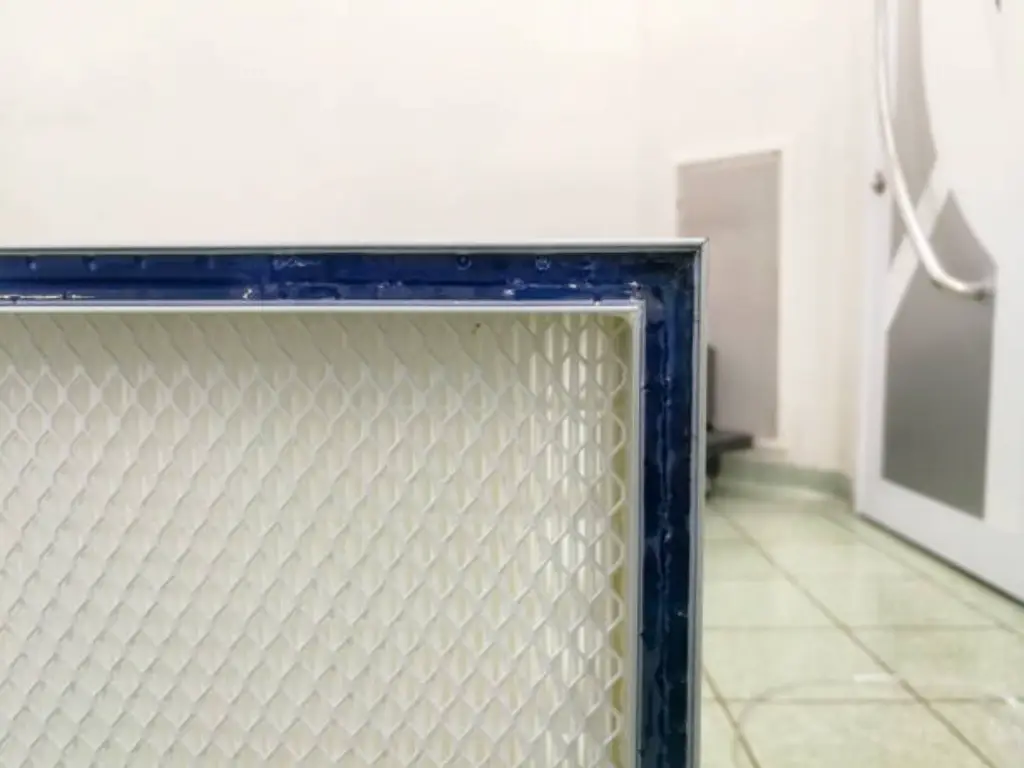
Merv significa Valor de relatório de eficiência mínima. É uma escala padronizada criada por Ashrae (Sociedade Americana de Aquecimento, Refrigeração, e engenheiros de ar condicionado) para medir a eficácia com que um filtro de ar captura partículas transportadas pelo ar de diferentes tamanhos. A escala varia de 1 para 20, com valores mais altos indicando melhor desempenho de filtração.
A classificação MERV ajuda você a compreender a capacidade do filtro de melhorar a qualidade do ar interno e proteger os sistemas HVAC. Aqui estão as principais funções da classificação MERV:
- Indica a eficiência do filtro na captura de partículas como poeira, pólen, esporos de mofo, Pet Dander, e algumas bactérias.
- Ajuda você a escolher um filtro apropriado para seu ambiente e necessidades de saúde.
- Orienta os cronogramas de manutenção, mostrando como as partículas finas são filtradas ao longo do tempo.
- Auxilia fabricantes e consumidores na comparação objetiva do desempenho do filtro de ar.
Escala de classificação MERV explicada

Aqui está uma visão geral direta da escala de classificação MERV para ajudá -lo a entender rapidamente as diferenças entre várias eficiências de filtro:
- Merv 1-4: Filtração básica, Captura de partículas grandes como ácaros, Fibras de carpete, e pólen. Normalmente usado em ar condicionado de janela residencial ou ambientes menos sensíveis.
- Merv 5-8: Filtros de eficiência média que prendem esporos de mofo, Pet Dander, e poeira. Estes são comuns na maioria dos sistemas HVAC residenciais.
- Merv 9-12: Filtros de eficiência mais alta adequados para edifícios comerciais, capaz de capturar partículas mais finas, como poeira de chumbo e emissões de automóveis.
- Merv 13-16: Filtros muito eficientes usados em hospitais e quartos limpos, capaz de filtrar bactérias, fumaça, e partículas de espirrar.
- Merv 17-20: Estes são filtros HEPA ou ULPA com a maior eficiência de filtração, usado em ambientes especializados como laboratórios.
Abaixo está uma tabela de classificação Merv Filter Filter Fille, Equilibrando a qualidade do ar com o desempenho do sistema.
| Classificação MERV | Eficiência de filtração (% de partículas capturadas) | Poluentes comuns capturados | Aplicação típica | Tipo de filtro de ar |
| 1 - 4 | 20% – 35% | Grandes partículas: Ácaros de poeira, Fibras de carpete, pólen | Uso residencial básico, unidades CA de janela | Filtros descartáveis de fibra de vidro |
| 5 - 8 | 35% – 70% | Esporos de mofo, Pet Dander, pó | A maioria dos sistemas residenciais de HVAC | Filtros sintéticos plissados, Filtros de cartucho, Filtros eletrostáticos |
| 9 - 12 | 70% – 85% | Pó de chumbo, emissões de automóveis, Poeira mais fina | Edifícios comerciais, melhor filtração doméstica | Filtros plissados de alta eficiência, Filtros de cartucho |
| 13 - 16 | 85% – 95% | Bactérias, fumaça, partículas espirituosas | Hospitais, quartos limpos, ambientes sensíveis | Filtros de bolsa, Filtros plissados no estilo de caixa |
| 17 - 20 | >99.97% | Vírus, partículas ultrafinas | Laboratórios, Fabricação farmacêutica | Verdadeiros filtros HEPA, Filtros Ultra-Finos Especializados |
Diferença entre Merv e outras classificações de filtro de ar
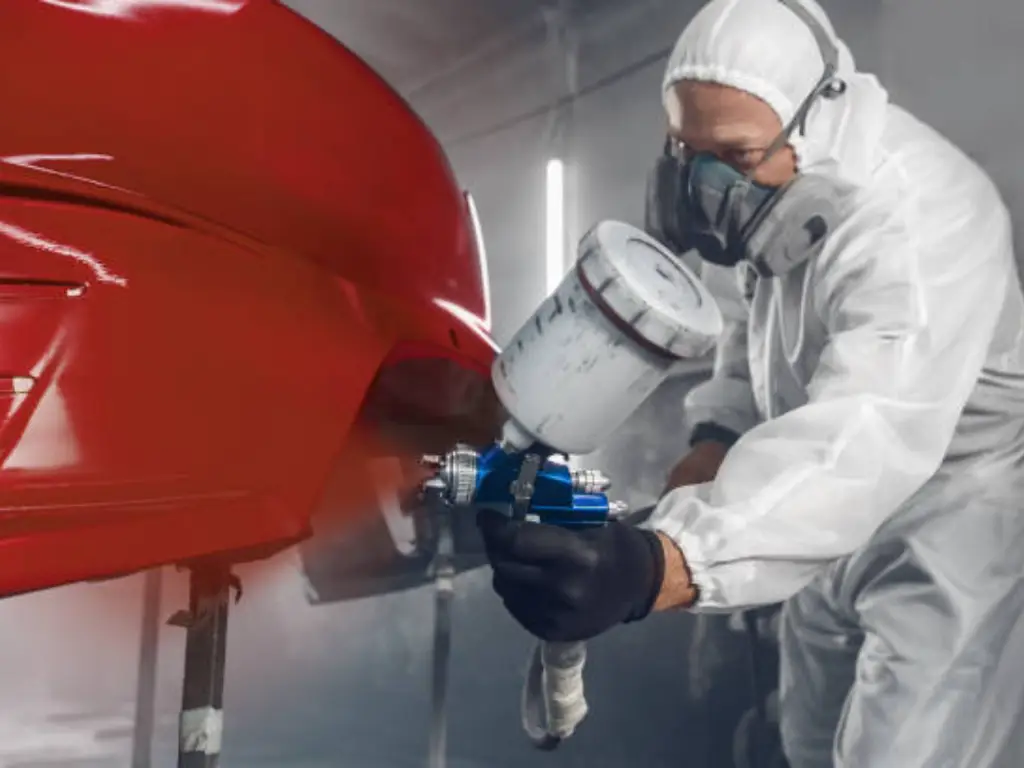
Compreender as classificações Merv é essencial, Mas não é a imagem inteira. Para tomar uma decisão verdadeiramente informada ao selecionar um filtro de ar, Você também deve estar familiarizado com outros sistemas de classificação comuns, como o HEPA, Fpr, e mpr. Cada mede o desempenho da filtração de maneira diferente e é usado por vários fabricantes e varejistas.
Hepa (Ar de partícula de alta eficiência)
Filtros Hepa não fazem parte do sistema Merv, mas seguem um diferente, padrão mais rigoroso. UM Filtro HEPA verdadeiro deve capturar pelo menos 99.97% de partículas 0.3 microns de tamanho, tornando-os significativamente mais eficientes do que os filtros típicos com classificação MERV. Filtros HEPA alinhados aproximadamente com o MERV 17-20, E qualquer coisa abaixo do Merv 16 não atende aos limiares de desempenho HEPA.
Fpr (Filtre a classificação de desempenho)
O FPR é um sistema de classificação proprietário desenvolvido pela Home Depot, usado para avaliar filtros vendidos em suas lojas. Varia de 1 para 10 e considera:
- Eficiência de filtro
- Resistência ao fluxo de ar
- Capacidade de retenção de poeira
O FPR geralmente é codificado por cores e comercializado para facilitar a compreensão por clientes residenciais.
Mpr (Classificação de desempenho de micropartículas)
MPR é desenvolvido por 3M (usado para seus filtros Filtrete) e se concentra em quão bem um filtro captura micropartículas entre 0.3 e 1 Micron em tamanho. Quanto maior o MPR, Quanto melhor o filtro está em prender pequenas partículas como fumaça e bactérias.
Merv vs.. FPR vs.. Gráfico de comparação de MPR
| Faixa de classificação Merv | FPR comparável | MPR comparável | HEPA equivalente |
| Merv 1 - 4 | Não avaliado ou 1 - 3 | Abaixo 300 | Não aplicável |
| Merv 5 - 8 | Em volta 4 - 6 | 300 - 800 | Não aplicável |
| Merv 9 - 12 | Em volta 7 - 8 | 1000 - 1600 | Não aplicável |
| Merv 13 - 16 | 9 - 10 | 1700 - 2200 | Não equivalente, mas próximo em eficiência |
| Merv 17 - 20 | Não classificado por FPR | Não classificado por MPR | Verdadeiro hepa (≥99,97% a 0,3μm) |
Observação: Enquanto este gráfico fornece aproximações úteis, Esses sistemas medem diferentes variáveis e não são oficialmente padronizados entre si.
Prós e contras das classificações mais altas do MERV
Classificações MERV mais altas significam filtragem mais fina, Mas há compensações:
Prós:
- Melhor qualidade do ar interior, retendo partículas menores e mais prejudiciais.
- Útil para quem sofre de alergias ou ambientes que necessitam de ar mais limpo.
- Pode reduzir o acúmulo de poeira nos componentes HVAC.
Contras:
- Maior resistência ao fluxo de ar pode sobrecarregar sistemas HVAC não projetados para filtros de alto MERV.
- Aumento do consumo de energia devido à redução do fluxo de ar.
- Geralmente mais caro do que filtros de classificação inferior.
É essencial equilibrar a eficiência da filtragem com a capacidade do seu sistema e as suas necessidades de qualidade do ar.
Como escolher a classificação MERV certa para sua casa ou empresa
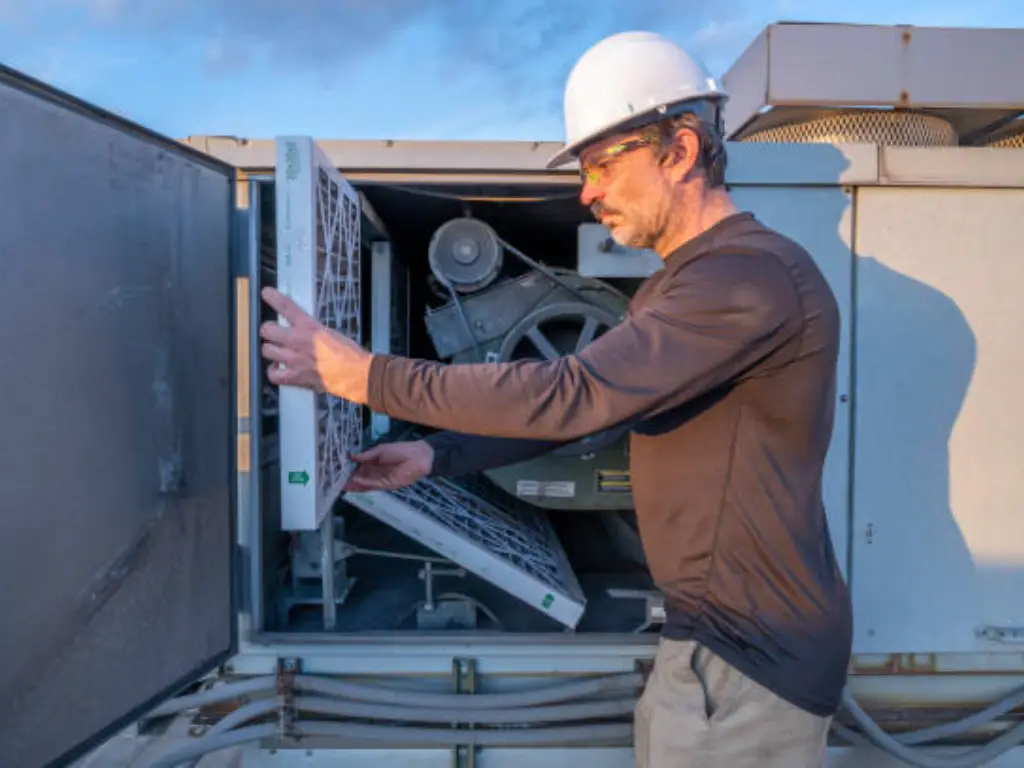
Escolhendo a classificação MERV certa depende da sua situação específica:
- Para a maioria das casas residenciais, um Merv 8-12 O filtro fornece um bom equilíbrio entre a qualidade do ar e o desempenho do sistema.
- Se você tem animais de estimação, alergias, ou asma, considere filtros classificados Merv 11 ou 13.
- Ambientes comerciais ou de saúde geralmente exigem Merv 13 ou superior para conformidade com a segurança.
- Sempre consulte as diretrizes do seu fabricante de HVAC para garantir a compatibilidade.
Se não tiver certeza, Trabalhando com um fabricante ou fornecedor profissional de filtro de ar, como Airyfilter, Pode ajudá -lo a selecionar um filtro que se encaixe no seu sistema de filtro de ar e atenda às suas metas de qualidade do ar.
Conceitos errôneos comuns sobre filtros MERV
Existem vários mitos em torno das classificações do Merv:
- Merv mais alto é sempre melhor: Não necessariamente. Usar um filtro com uma classificação MERV muito alta em um sistema incompatível pode reduzir o fluxo de ar e danificar seu HVAC.
- As classificações MERV medem a vida útil do filtro: A classificação mede apenas a eficiência da filtragem, não durabilidade ou frequência de reposição.
- Todos os filtros com a mesma classificação MERV executam identicamente: Qualidade de fabricação e material de filtro também afetam o desempenho.
- Os filtros MERV removem completamente os vírus: Enquanto os filtros MERV High Merv reduzem os vírus transportados pelo ar, Nenhum filtro garante 100% remoção.
Com que frequência você deve alterar os filtros de ar por nível Merv?
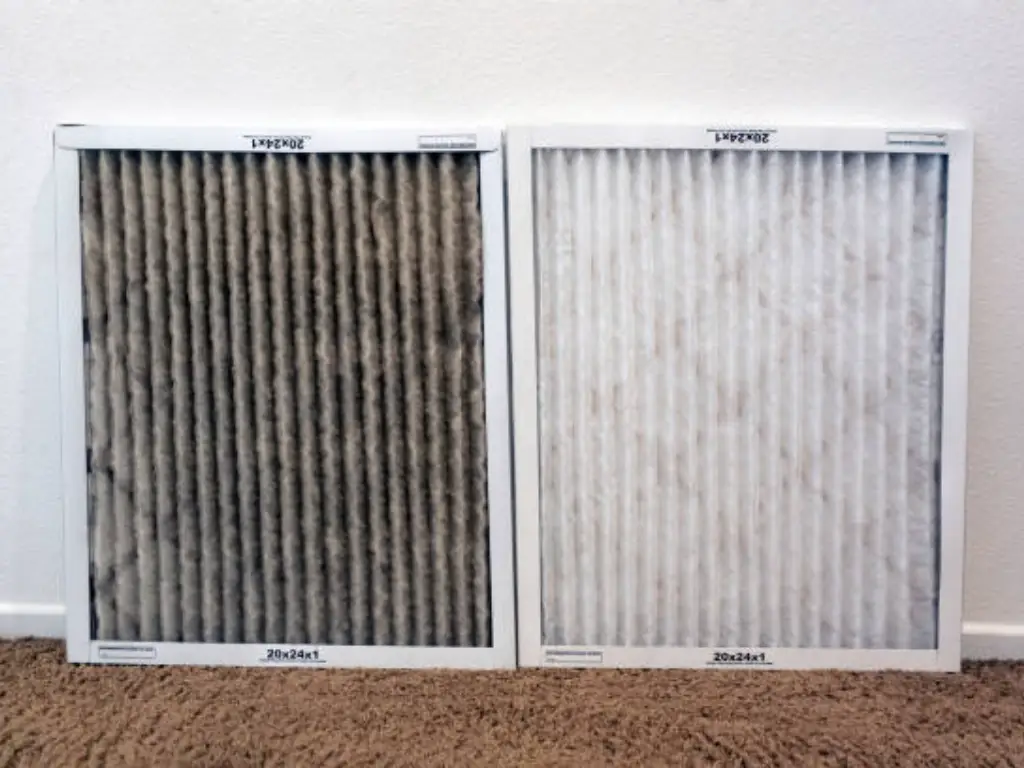
A frequência de reposição de filtro depende da classificação Merv e do ambiente de uso:
- Merv 1-4: Substitua cada 1-3 meses.
- Merv 5-8: Substitua cada 2-3 meses.
- Merv 9-12: Substitua cada 3 meses.
- Merv 13-16: Substitua cada 1-2 meses, especialmente em ambientes de alto uso ou sensíveis.
Filtros MERV mais altos tendem a prender mais partículas e podem entupir mais rápido, exigindo mudanças mais frequentes. Sempre verifique as recomendações do fabricante e monitore o fluxo de ar.
Trabalhe com um fabricante de filtro de ar certificado para obter o ajuste certo
Selecionar o filtro de ar correto vai além de apenas escolher uma classificação MERV. Fatores como tamanho, material, e compatibilidade com o seu sistema de filtro de ar são igualmente importantes. A parceria com um fabricante de filtro de ar confiável e certificado garante que você obtenha filtros de alta qualidade adaptados às suas necessidades.
Fundado em 2009, Airyfilter é especializada em soluções precisas de filtração de ar para cosméticos, farmacêuticos, processamento de alimentos, Hvac, Rail Transit Industries etc. Nossos produtos são certificados pela SGS, Msds, CE, From-5510, Disponível grátis, En779, e UL-900, atendendo a rigorosos padrões globais de segurança e desempenho.
Confiável por grandes marcas como o CRRC, MIDEA, Metro de Guangzhou, Shenzhen Metro, e Pequim Metro, Combinamos conhecimentos técnicos com manufatura confiável para atender às necessidades comerciais e industriais.
Se você precisa de filtros para conformidade com ar limpa ou soluções personalizadas para ambientes complexos, O Airyfilter oferece alta eficiência, produtos certificados projetados para executar e construídos para durar. Se você tiver alguma dúvida, por favor Contate-nos diretamente.
Perguntas frequentes
O que é uma boa classificação MERV para filtros de ar?
Para a maioria das casas, uma classificação MERV entre 8 e 13 é considerado bom. Esse intervalo equilibra a filtração eficaz sem restringir excessivamente o fluxo de ar.
É Merv 11 Muito alto para casa?
Merv 11 normalmente é adequado para uso residencial, especialmente se você tiver animais de estimação ou alergias. No entanto, Verifique se o seu sistema HVAC pode lidar com a resistência do fluxo de ar.
É Merv 8 bom o suficiente?
Merv 8 é adequado para necessidades básicas de filtragem, Captura de alérgenos e poeira comuns. Geralmente é o nível mínimo recomendado para casas.
Devo pegar Merv 11 ou 13?
Se o seu sistema HVAC suportar, Merv 13 fornece melhor filtração, captura de partículas mais finas. Merv 11 é um bom meio termo com menos resistência ao fluxo de ar.

